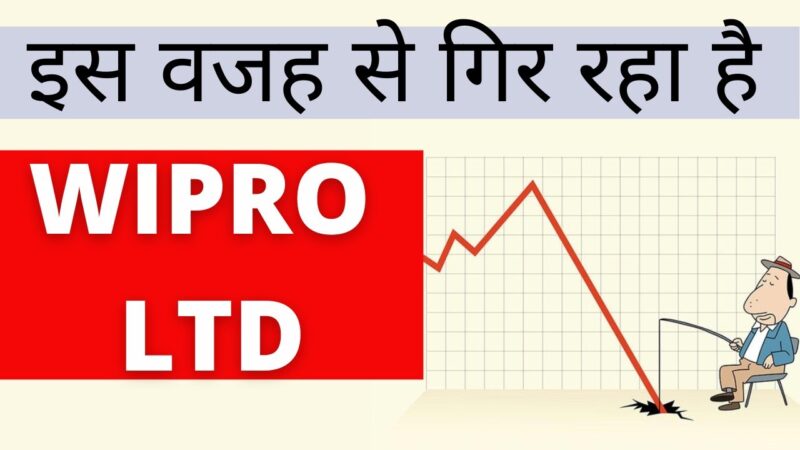Dans notre quête perpétuelle du bonheur, une vieille sagesse résonne avec force : il y a plus de bonheur à donner qu’à recevoir. Cette maxime, souvent attribuée à Jésus-Christ, transcende les barrières culturelles pour nous rappeler les bienfaits intrinsèques de la générosité. En explorant cette notion, nous pouvons découvrir comment le simple acte de donner peut enrichir nos vies de manière significative.
Le Don comme Source de Bonheur
L’idée que donner procure plus de bonheur que recevoir repose sur le concept que l’altruisme et la générosité créent des liens sociaux plus forts. Lorsque nous partageons avec les autres, que ce soit du temps, de l’affection, ou des ressources, nous tissons des liens émotionnels qui renforcent notre sentiment d’appartenance. Les relations humaines épanouissantes sont un pilier du bonheur, et le don est un moyen puissant de les nourrir.
Les Avantages Psychologiques du Don
Plongeons plus profondément dans les bénéfices psychologiques du don en examinant comment cette action altruiste active les centres de récompense du cerveau, libère des endorphines et engendre une sensation de bien-être. Cette exploration mettra en lumière la manière dont l’investissement dans le bonheur des autres crée une réaction en chaîne positive, ayant un impact significatif sur notre état émotionnel et notre perspective de la vie.
Activation des Centres de Récompense du Cerveau
Lorsque nous choisissons de donner, notre cerveau réagit de manière remarquable. Les centres de récompense, tels que le noyau accumbens, sont stimulés, déclenchant la libération d’endorphines, les neurotransmetteurs du bien-être. Cette activation crée une expérience plaisante, renforçant ainsi notre inclination naturelle à participer à des actes généreux.
Réaction en Chaîne Positive : Donner pour Recevoir le Bonheur
Le don ne se limite pas à l’instant présent; il déclenche une réaction en chaîne positive. En investissant dans le bonheur des autres, nous créons des connexions émotionnelles profondes, nourrissant ainsi des relations significatives. Cette connexion sociale renforce non seulement notre sentiment d’appartenance, mais elle se répercute également sur notre propre bien-être émotionnel.
Réduction du Stress et de l’Anxiété
Les avantages psychologiques du don s’étendent au domaine du stress et de l’anxiété. Des recherches démontrent que les personnes engagées dans des actions altruistes présentent des niveaux de stress plus bas. Le simple acte de donner agit comme un puissant régulateur émotionnel, atténuant les effets néfastes du stress quotidien. En offrant aux autres, nous trouvons un moyen efficace de calmer notre propre tempête intérieure.
Impact Positif sur la Santé Physique
Le lien entre la générosité et la santé physique est également remarquable. Des recherches ont montré que les personnes engagées dans des actions altruistes ont des niveaux de stress plus bas, ce qui peut contribuer à une meilleure santé cardiaque et à une longévité accrue. En effet, le simple fait de donner peut agir comme un puissant antidote aux maux physiques liés au stress.
Comment Intégrer la Générosité dans sa Vie Quotidienne
Pour vivre pleinement la maxime il y a plus de bonheur à donner qu’à recevoir, il est essentiel d’incorporer la générosité dans notre vie quotidienne. Cela peut prendre différentes formes, que ce soit le volontariat, le partage de compétences, ou même des gestes simples comme un sourire chaleureux. Chacun peut trouver sa propre manière de contribuer au bien-être des autres, créant ainsi un cercle vertueux de bonheur partagé.
Conclusion : il y a plus de bonheur à donner qu’à recevoir
En résumé, il est indéniable que le don et la générosité sont des catalyseurs puissants du bonheur. Il y a plus de bonheur à donner qu’à recevoir résonne comme un rappel intemporel de la richesse inhérente à la générosité. En embrassant cette philosophie dans notre vie quotidienne, nous pouvons non seulement améliorer notre bien-être émotionnel, mais aussi contribuer à créer une société plus solidaire et épanouissante.
Qui a dit il y a plus de bonheur à donner qu’à recevoir ?
Il y a plus de bonheur à donner qu’à recevoir est souvent attribué à Jésus-Christ.
C’est quoi le donner selon la Bible ?
Selon la Bible, donner est un acte sacré, illustré par des passages tels que Donnez, et il vous sera donné.




















